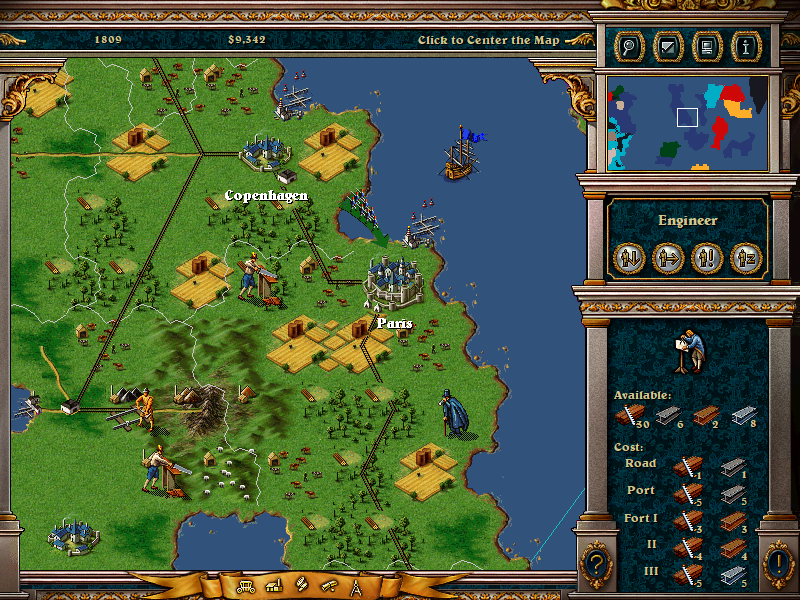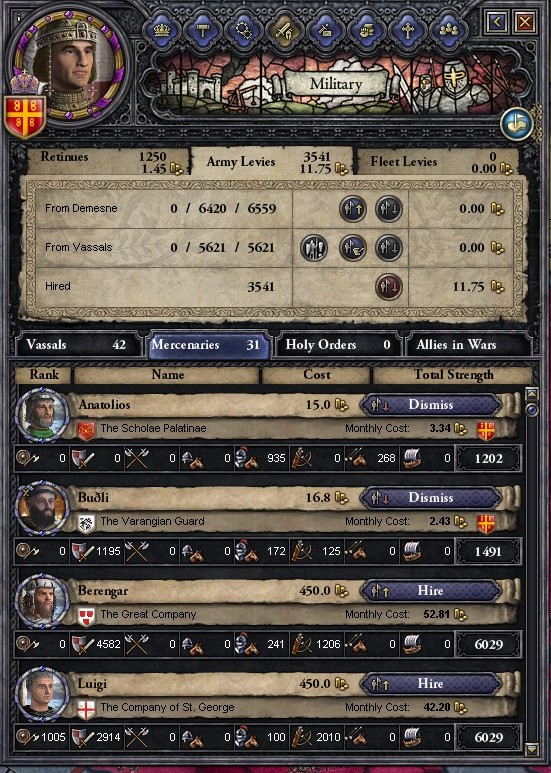… because it asks “what if”, and then answers that question.
Chimera Squad takes as its premise something established by the previous XCOM games: most of the alien species that invaded Earth are victims too, twisted and warped into weapons of war. Then, it builds on this. What if their masters’ defeat left the alien army free from slavery, but stranded on Earth? And what if humanity responded by extending a hand to its former enemies?






I love the illustrations of daily life that we see between missions, such as a Viper using an ATM at the bank (right), humans and aliens watching TV together (bottom), at the shop (bottom left), and in the workplace (top), aliens waiting for the bus (left centre), and a Sectoid radio host in his studio (top left).
The result is what we see in game. Once you accept that this is soft science fiction – the sort where aliens wear clothes, work in offices, and eat fast food – this is a remarkably well thought out world; I would go so far as to say this is possibly Firaxis’ best writing since Alpha Centauri (and definitely since Civilization IV). Some of this can be seen in the plot; more can be seen in the background flavour. Images of daily life, and in-universe posters, show how aliens have adopted human customs: we see aliens on holiday, watching TV, going to cocktail parties, rescuing cats from trees, starring in movies, and wearing make-up. One poster even exhorts them to “dress like humans… [it] will help you fit in!” Is its audience aliens looking to fit in, or humans who need to be convinced? Regular ads for fast food are funny, but also clever: not every species can eat every food, and society has had to work out how to keep diners safe. And not everybody, human or alien, is happy with the new arrangements: there are alien protesters who worship spaceships, and human protesters who want to start a fight. On a slightly meta level, there is even an in-universe buddy detective show featuring an alien and a human lead1.
And just as science fiction can serve as a commentary on the real world, it’s impossible for me not to read meaning into Chimera Squad. The squad is a group of former enemies – in one case, two agents fought on opposite sides of the same battle – who have put the past behind them. A deliberate choice, in response to current times? I can’t help but think so.
That intent, and that willingness to adopt the ethos of “what if”, are why Chimera Squad works. Here the science fiction is not window dressing, but central to the premise. The result is a memorable setting and a world where I’d like to see more stories.
- We never see this, but there’s an excerpt from its script at one point. ↩

